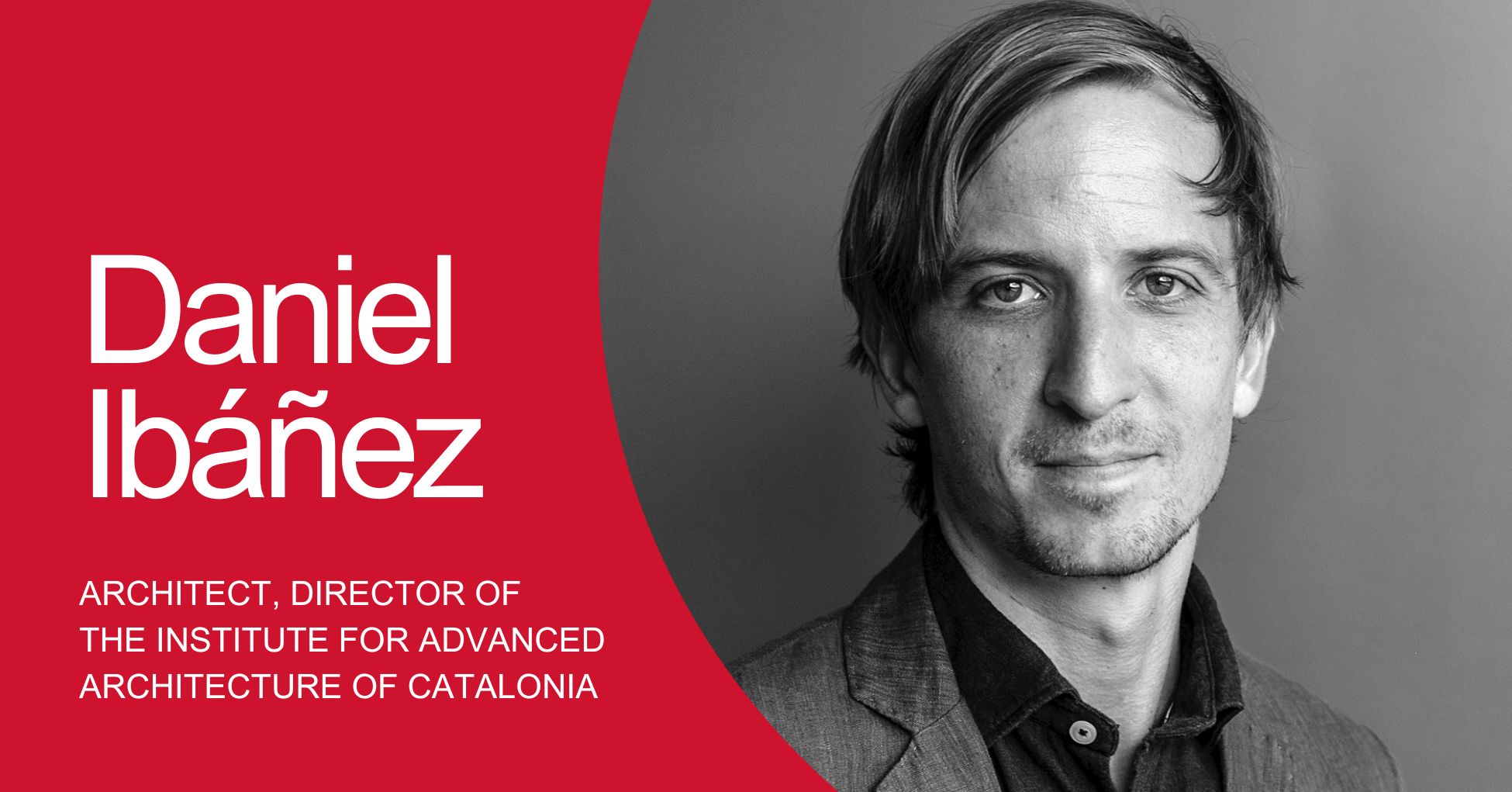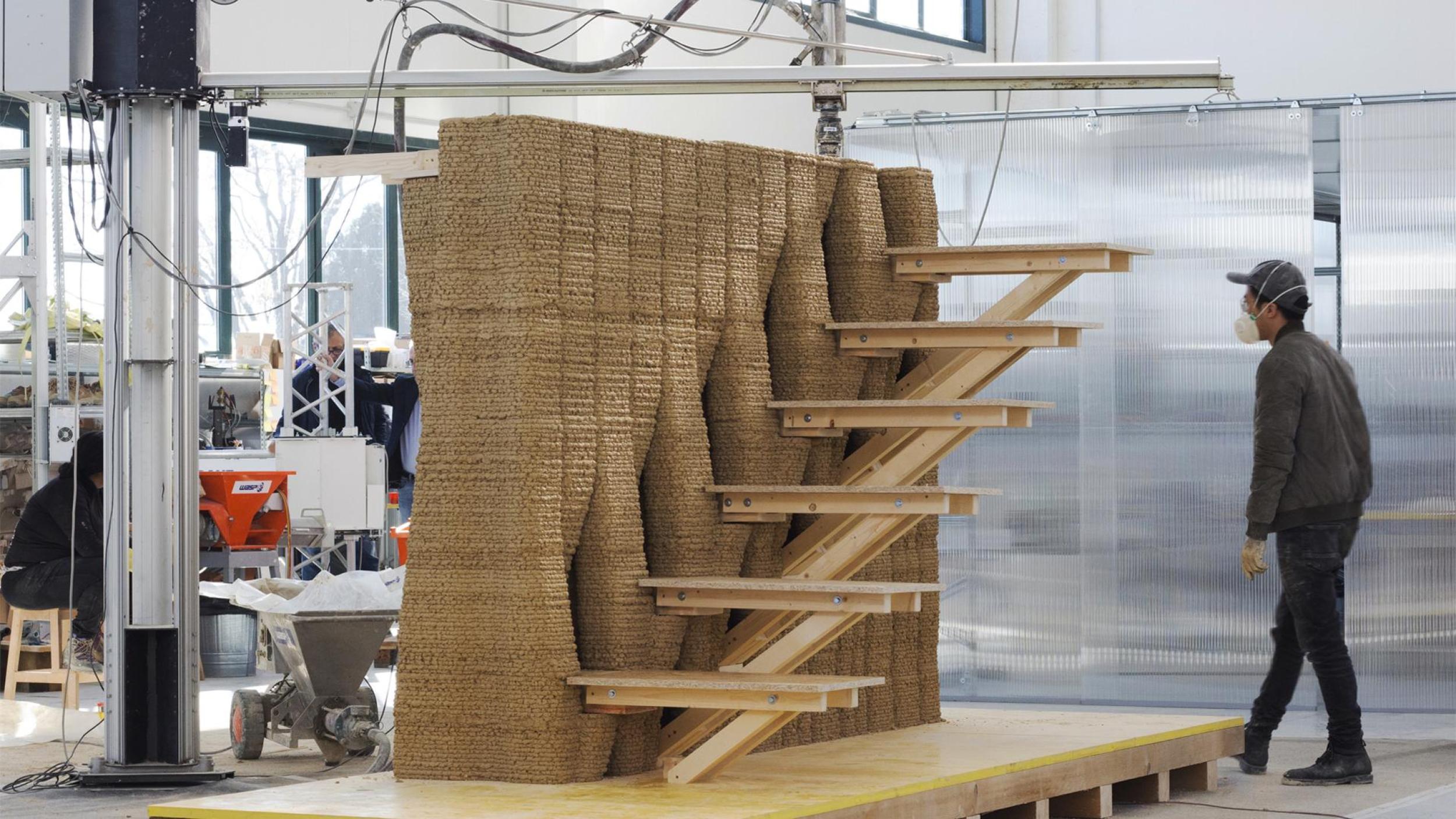The Institute for Advanced Architecture of Catalonia is a unique institution at the national level, a non-profit foundation that for twenty years has been offering academic programs, working in development with companies and industries, and collaborating on 45 European research projects related to digitalization, robotics, circular economy, biocities, or agrotechnologies. More than 1,600 people from seventy countries have been trained by this entity, which has had Daniel Ibáñez as its director since 2022. We interview this architect focused on wooden construction who has spent the last ten years as a Harvard PhD and senior consultant at the World Bank.

What is your assessment of your first year at the IAAC?
I see it as promising. I intend to position the institution as a national and international reference, work more closely with the industry, and help companies innovate through prefabrication, industrialization, or artificial intelligence, seeking strategic alliances and developing technologies and products.
Among various achievements of the IAAC in this first year, it has won a public concession in 22@ for the creation of an economic activation hub dedicated to entrepreneurship and an urban technology business accelerator.
Where is the IAAC heading?
The IAAC has always wanted to be close to everything related to innovation and fostering that entrepreneurship system. It has been a leader in betting on technologies before anyone else, and as early as 2008, it began with wooden construction, and now we are closely watching the digital revolution.
How is artificial intelligence introduced into architecture?
Just as great revolutions have created many professions, no sector has escaped the transformations of digitalization. Every architectural professional must act as a kind of curator of information, must play with data and analyze how productive, urban processes are reported… The development and support with AI has a long way to go. At the IAAC, we learn by doing, with our feet on the ground and in material transformation.
You are a strong advocate of wooden construction. What does it contribute to contemporary urbanism?
I believe it is the urban model towards which we should be heading: a radical ecology in building associated with regionalism. We need to start manufacturing and building with what we have nearby, that is biologically sourced. We cannot continue with externalities, that is, building cities at the cost of creating irreversible gaps elsewhere and polluting other ecosystems. We must follow the logics of nature and think of a biocity: a wooden building enhances a better forest, employment in rural areas… This way, we will have a symbiotic relationship between the city and non-city.

What materials should we use in construction?
They should be biologically based, natural, and renewable, although there is still room for less sustainable materialities where no better product can be had. For example, a dam cannot be projected in wood, and foundations in long life cycles make more sense in concrete.
How is innovation achieved in architecture?
By knowing the state of the art in each of the disciplines and techniques associated with architecture. At the IAAC, we study material science, computing, advanced digital tools, industrialization… with some detail, but with the idea of accumulating cross-disciplinary knowledge.
Companies, in general, are capable of reaching great detail, but do not see other broad issues. The latest technology is developed in collaboration and mixes the best of capabilities with transformations.
As an architect, what do you consider the challenges of the sector?
To decarbonize 100%, improve processes of industrialization and digitization, and promote rehabilitation with prefabricated systems.
Who are your professional references, publications you follow…?
I cite several professionals. Firstly, Alan Organski, professor at Yale and Director of Innovation at Bauhaus Earth. I also want to highlight two collaborators: Kiel Moe, co-author of the book “Urbanismos en madera,” and Jane Hutton, a landscaper who has been analyzing life cycles for years. And, of course, I don’t want to forget Nader Tehrani, my favorite architect, nor fail to mention the publication Mass Timber.
What learnings have you drawn from your role as a professor?
Being solely academic distances you from the profession, and the profession sometimes takes you out of reality and doesn’t allow for deep reflection. I feel fortunate to maintain the three main aspects that I consider important in any architectural professional: education, to be in contact with how architectural knowledge is transferred, research, fundamental to continue experimenting and seeing where the new challenges are, and lastly, to keep a foot in construction. These are the three components of the right formula: doing construction, academic books, and research projects.




